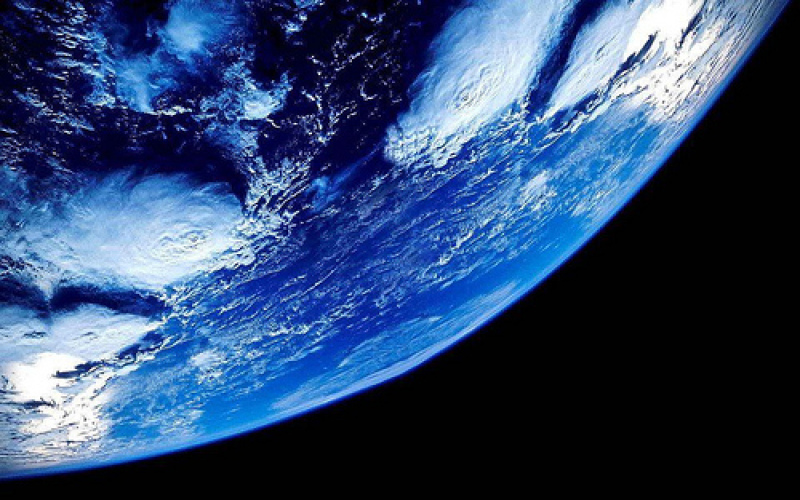
Astronomers confirmed that they have discovered planets that share almost the same qualities as Earth and can possibly sustain life, the Independent reported.
During Tuesday's American Astronomical Society meeting held in Seattle, Douglas Caldwell of the SETI Institute and Guillermo Torres of the Harvard-Smithsonian Center for Astrophysics presented their findings on the planets Kepler 438-b and Kepler 442-b.
According to the two astronomers, these planets exist in a Goldilocks zone, the region in space surrounding a star that has the right atmospheric conditions for the development of liquid water.
Torres and Caldwell noted that like Earth's relationship with the Sun, the two planets draw heat from a nearby star. Although the temperature on these planets may be hotter than that on Earth, it will not cause liquid water to evaporate.
Also, because of the heat, Kepler 438-b and Kepler 442-b are not covered with ice. Due to these atmospheric conditions, the astronomers speculated that organic life may be able to thrive in the two planets. However, Torres pointed out that further observations need to be conducted to confirm the existence of extraterrestrial life.
"What we're really looking for is signs of life eventually," he told the Associated Press. "We're not there yet. It will take many years but this is the first step."
As to what the planets' surface may look like, Torres said they may be rocky based on their size compared to Earth.
Since Kepler 438-b's diameter is bigger than Earth's by 12 percent, it has a 70 percent chance of featuring a rocky landscape. Kepler 442-b, on the other hand, it has a 60 percent chance of being rocky since it's bigger than Earth by 34 percent.
"Most of these planets have a good chance of being rocky, like Earth," Torres said during the presentation. "For our calculations we chose to adopt the broadest possible limits that can plausibly lead to suitable conditions for life."
Despite having favorable atmospheric conditions, the astronomers noted that it may be difficult for space agencies to send expeditions to the planets due to their distance from Earth.
The closest one, Kepler 438-b, is 470 light years away from our planet while Kepler 442-b is located 1,100 light years away.


















